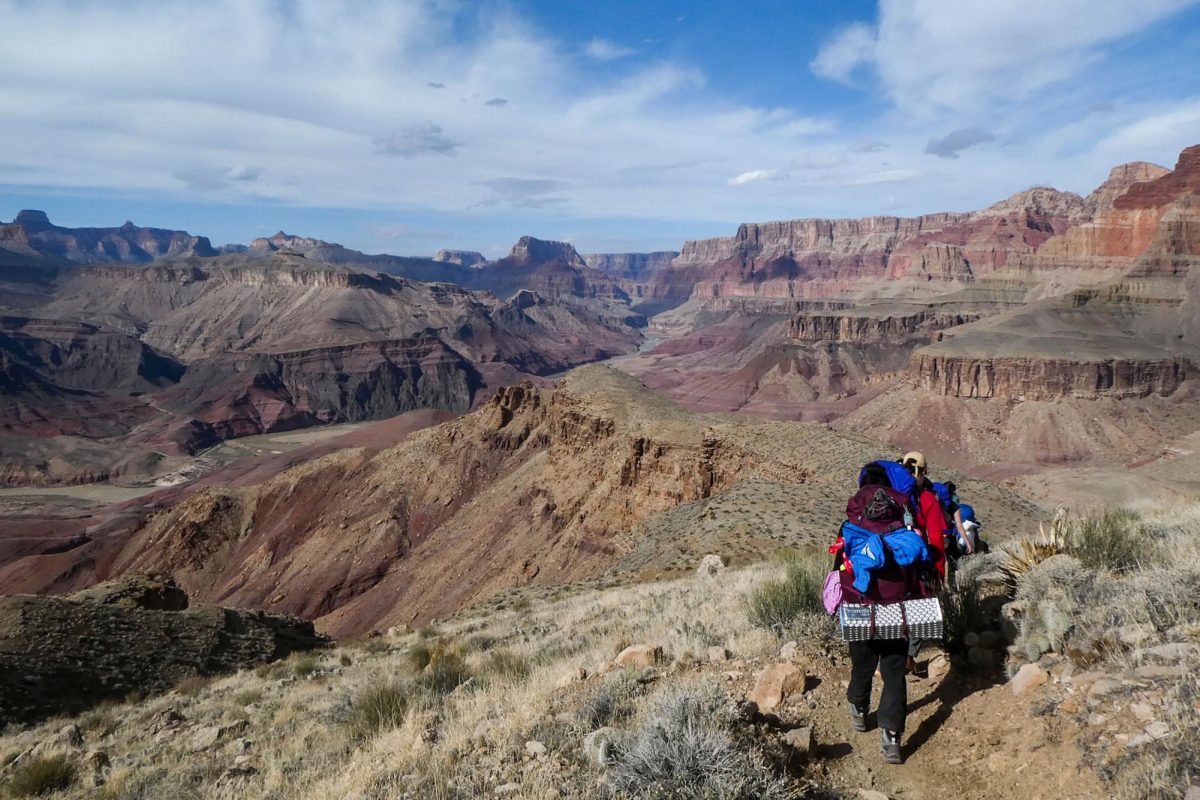The number of students that subscribe to emergency text alerts has doubled at GW since the shooting at Virginia Tech, but administrators at the University and local colleges said they want those statistics raised even higher.
About 40 percent of the student body is subscribed to Alert DC, a text messaging service that warns students in the event of an emergency, said John Petrie, assistant vice president for Public Safety and Emergency Management. The District government hosts GW’s program while other schools across the country use similar, privately-contracted services.
Petrie said the percentage of subscribers at GW is on par with many universities.
“Some are getting nowhere near that, and those that are getting more are the very few that are requiring people to sign up somehow,” Petrie said. The highest subscription percentage he knows of nationwide is 38 percent.
Users can subscribe to Alert DC through the program’s main site, and then specify to only receive alerts relevant to GW. The alerts are free for subscribers because of an agreement between the University and the Homeland Security Management Agency.
When a student killed 32 people at Virginia Tech nearly one year ago, subscribers to GW’s alert system rose from 3,500 to 4,700 immediately after. That number has since climbed to 7,000.
“Not many schools understood mass notifications until the Virginia Tech tragedy,” said Bryan Crum, a spokesperson for Omnilert, an outside emergency alert company. “So that really did bring a lot of attention to the idea of students mass text messaging.”
Omnilert provides text and other emergency alerts to more than 400 schools.
American set up its text message service in fall 2006 through Ravewireless, an outside emergency alert company. Michael McNair, chief of the Department of Safety at American, said about 16 percent of the student body signed up immediately, and that number has grown to about 25 percent.
At George Mason, chief of the Department of Public Safety Michael Lynch said about 24 percent of the community has signed up for the alerts.
Petrie said the “campus advisory” page is still the best place to retrieve information in the event of an emergency because the Web site can be updated quickly. The University is now working on making it easier for everyone to access the site.
His office has tried to promote the site and emergency alerts through advertisements in campus media and on items like free coffee mugs.
“We don’t think of it as marketing, but we call it outreach,” he said. “And we’ve had three or four meetings in the last two weeks about how we can make our outreach more useful. I think that we’re touching all of the right folks, but I want to be sure that what we do with outreach is effective.”
While some students may be reluctant to sign up because the costs of text messages and the e-mails clogging their inbox, sophomore Mary-Elaine Jenkins said she has been using the system since freshman year.
She said, “It’s mostly weather alerts, but its comforting knowing that if something were to happen then I would be informed about it.”







